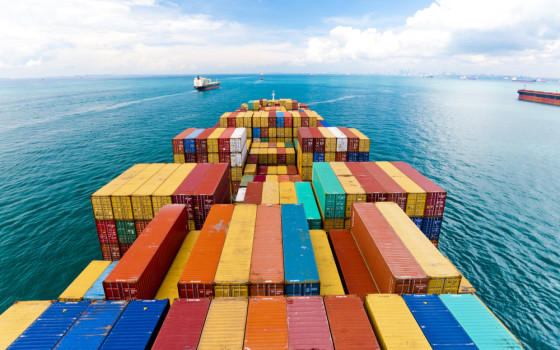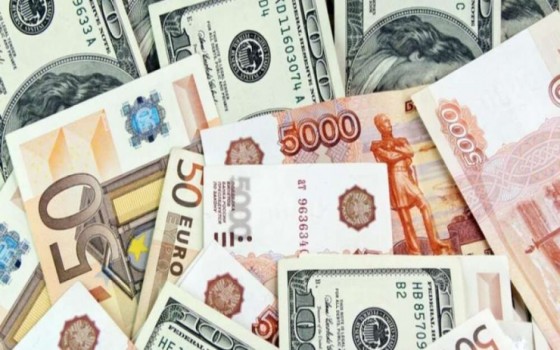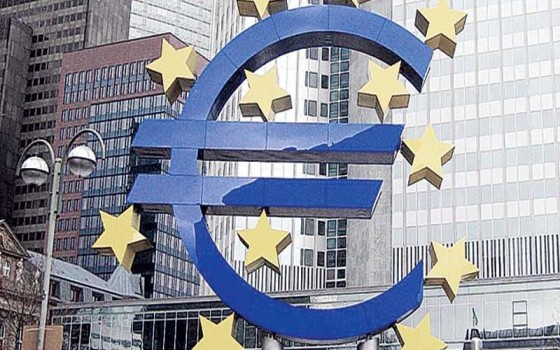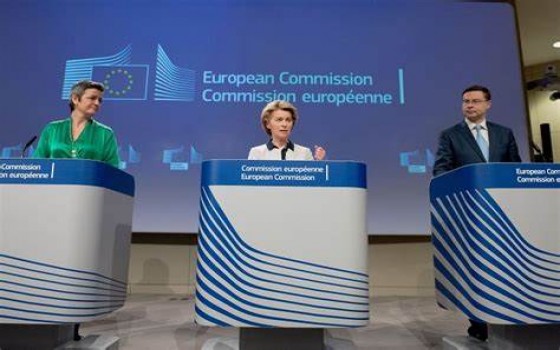
Non-EU merchants or platforms will now be responsible for VAT on imported goods. Brussels adopts new rules simplifying import tax collection.

- Europe and Arabs
- Friday , 18 July 2025 8:49 AM GMT
Brussels: Europe and the Arabs
The Council of the European Union today formally adopted new rules for value-added tax (VAT) on remote sales of imported goods.
This directive will improve the collection of VAT on imported goods by ensuring that suppliers are always responsible for the VAT paid on imports, rather than EU consumers as is currently the case. According to a European statement issued in Brussels on Friday, this will encourage non-EU suppliers to use the Import VAT Single Window (IOSS) to report and collect VAT.
Import VAT Single Window (IOSS)
The current Import VAT Single Window (IOSS) is a point of contact for importers of goods from third countries into the European Union. It simplifies the process of declaring and paying VAT when importing goods into the EU, as registration is only required in one Member State, even when sales are made across the EU. Non-EU merchants or platforms will now be responsible for VAT on imported goods, which is payable in the Member State of the goods' final destination. This will encourage the use of the IOSS VAT system, as foreign merchants or platforms that do not use the system must register in each EU Member State where they sell their goods.
Because the IOSS system enables VAT to be paid upfront when the consumer purchases the goods, rather than at the border, it protects Member States' tax revenues and increases compliance with import VAT. It also shifts the burden of collecting VAT from customers to the platforms.
The directive will now be published in the Official Journal of the European Union and will enter into force twenty days later. The rules will apply from July 1, 2028.
The new rules take the form of a directive amending Directive 2006/112/EC, known as the VAT Directive. VAT is a consumption tax applied to most goods and services. It is classified as an indirect tax, meaning that while consumers pay it, businesses collect it and remit it to the tax authorities. Businesses also pay this tax on their own purchases, but they can deduct it from the VAT they pay to the tax authorities.












No Comments Found